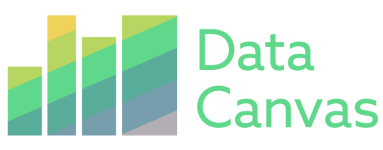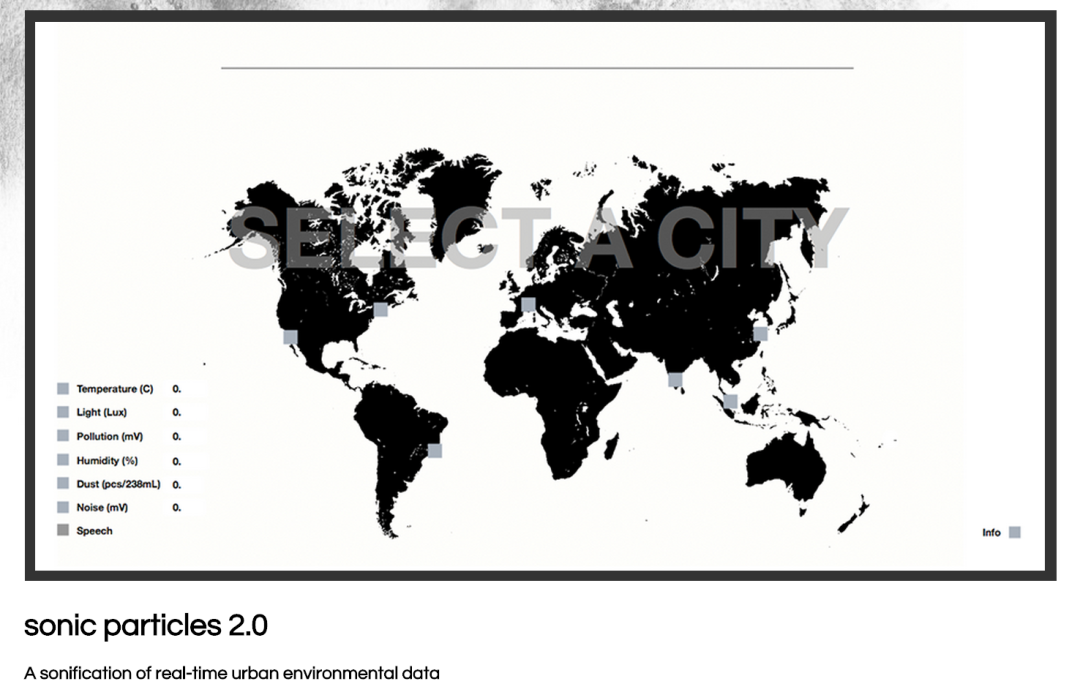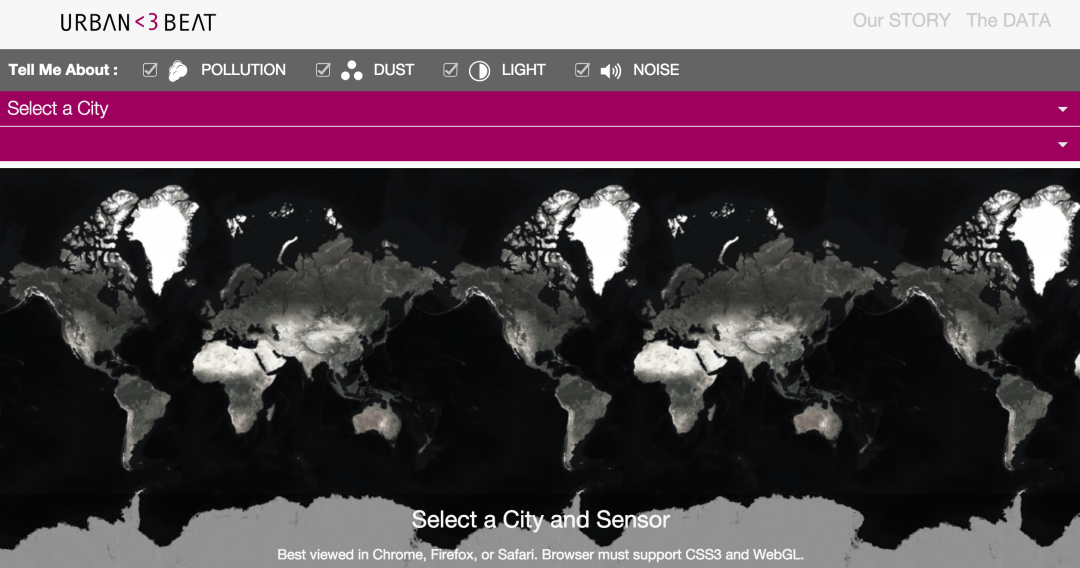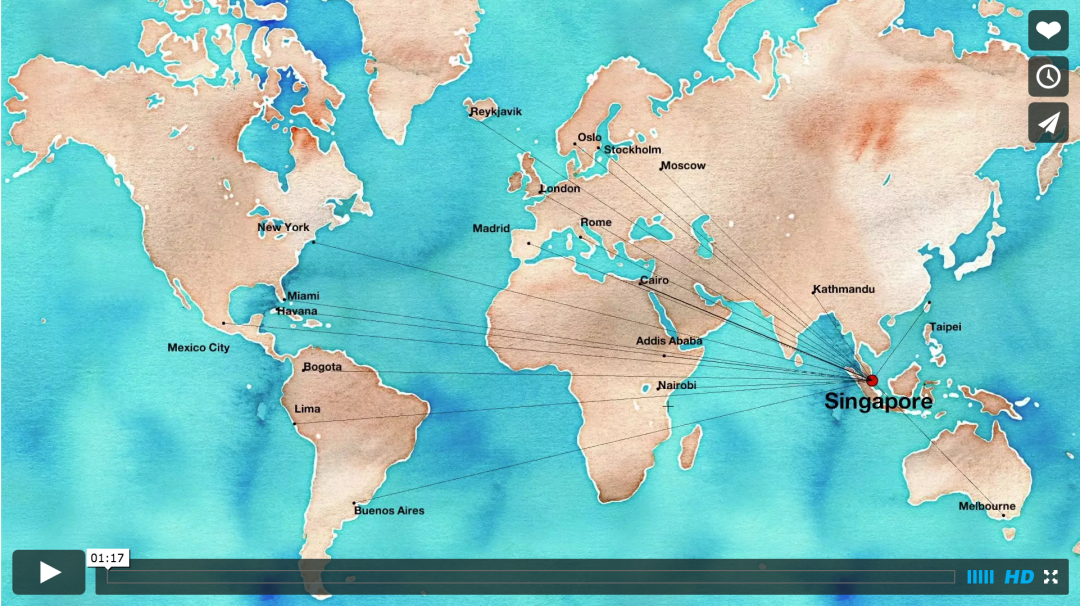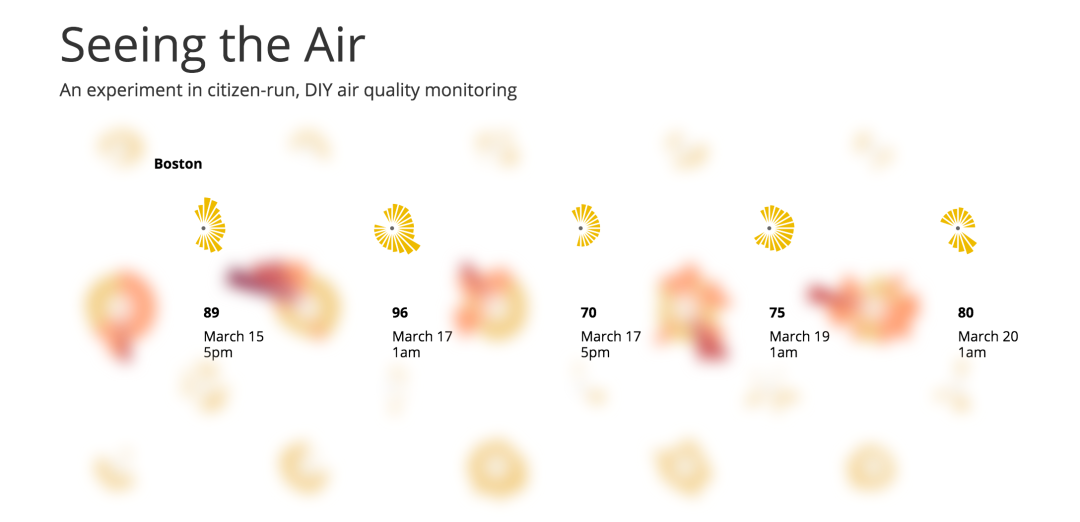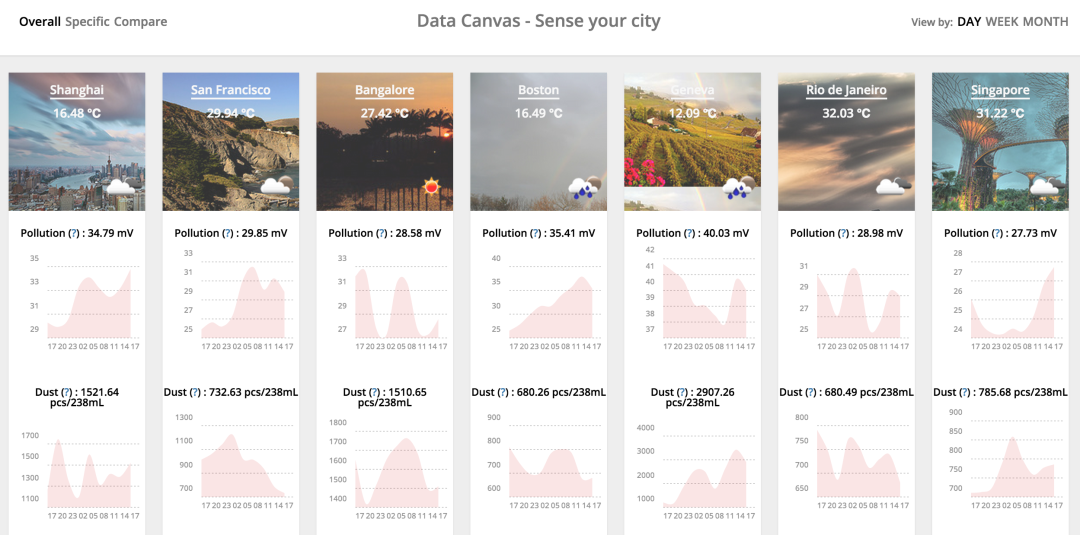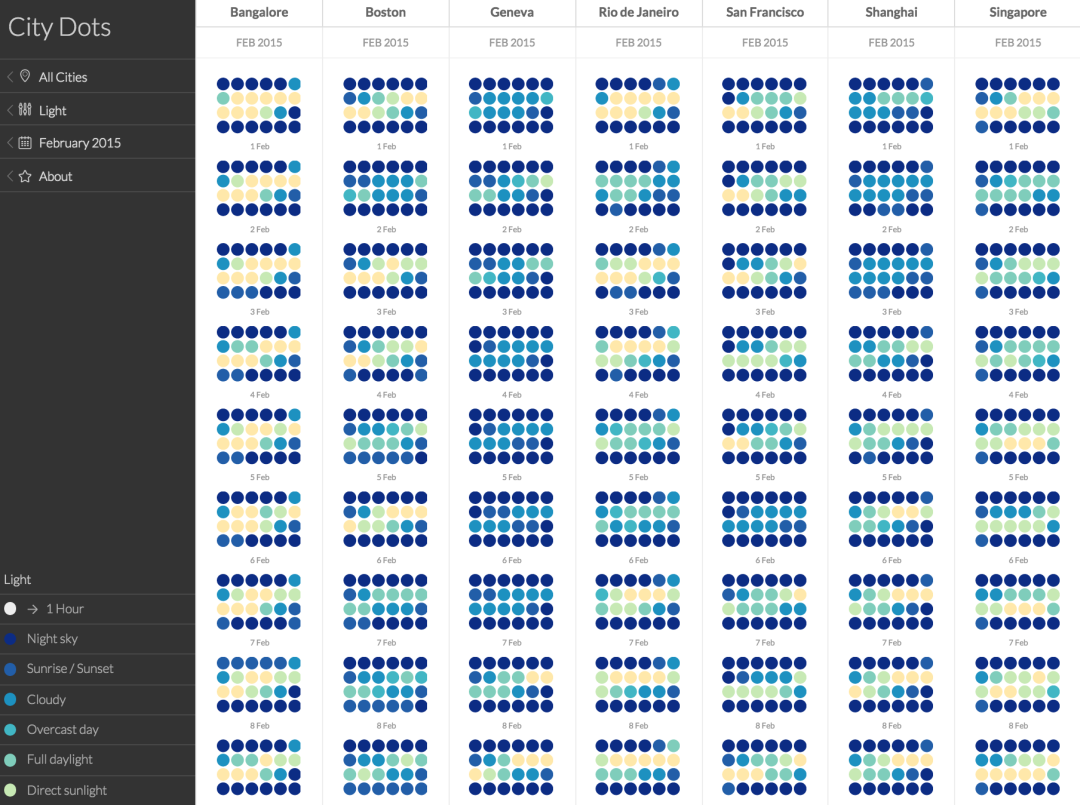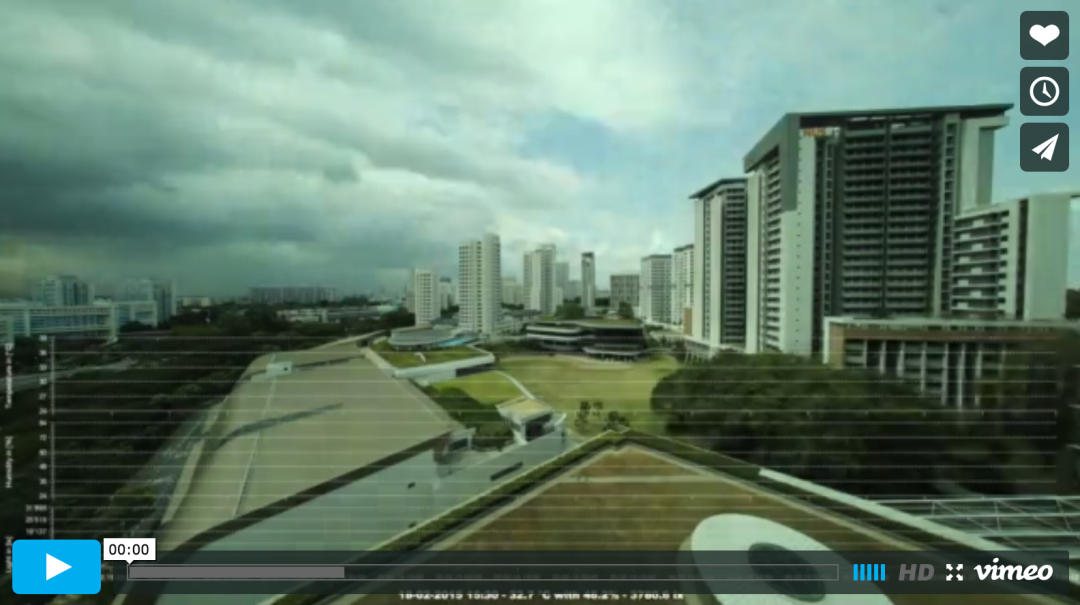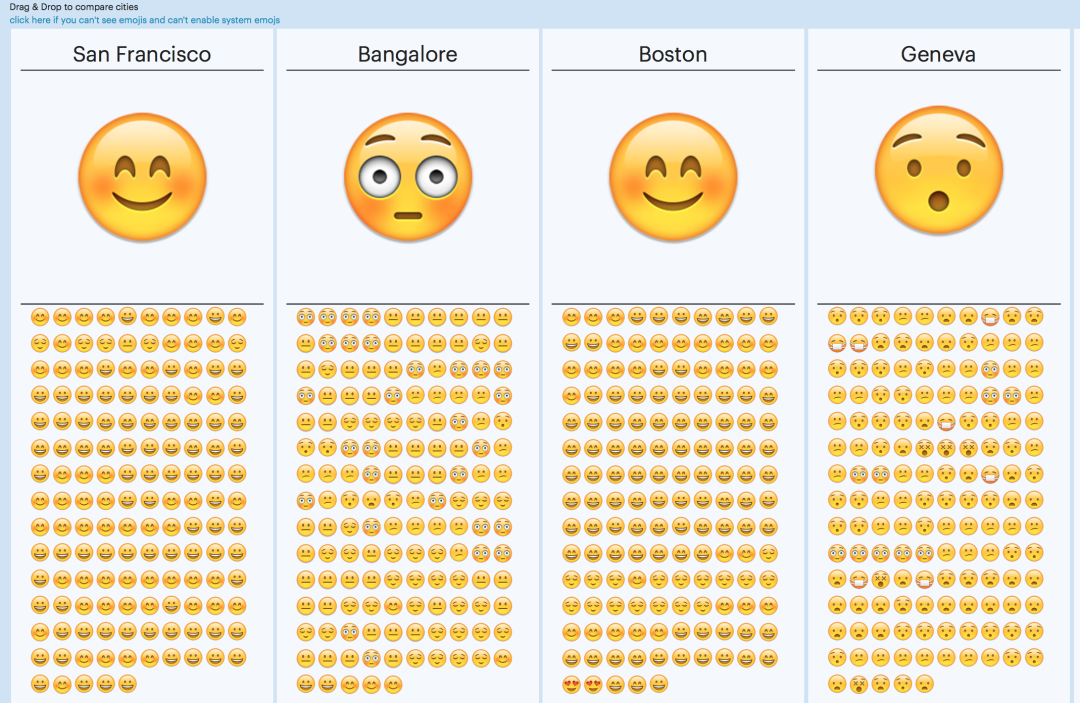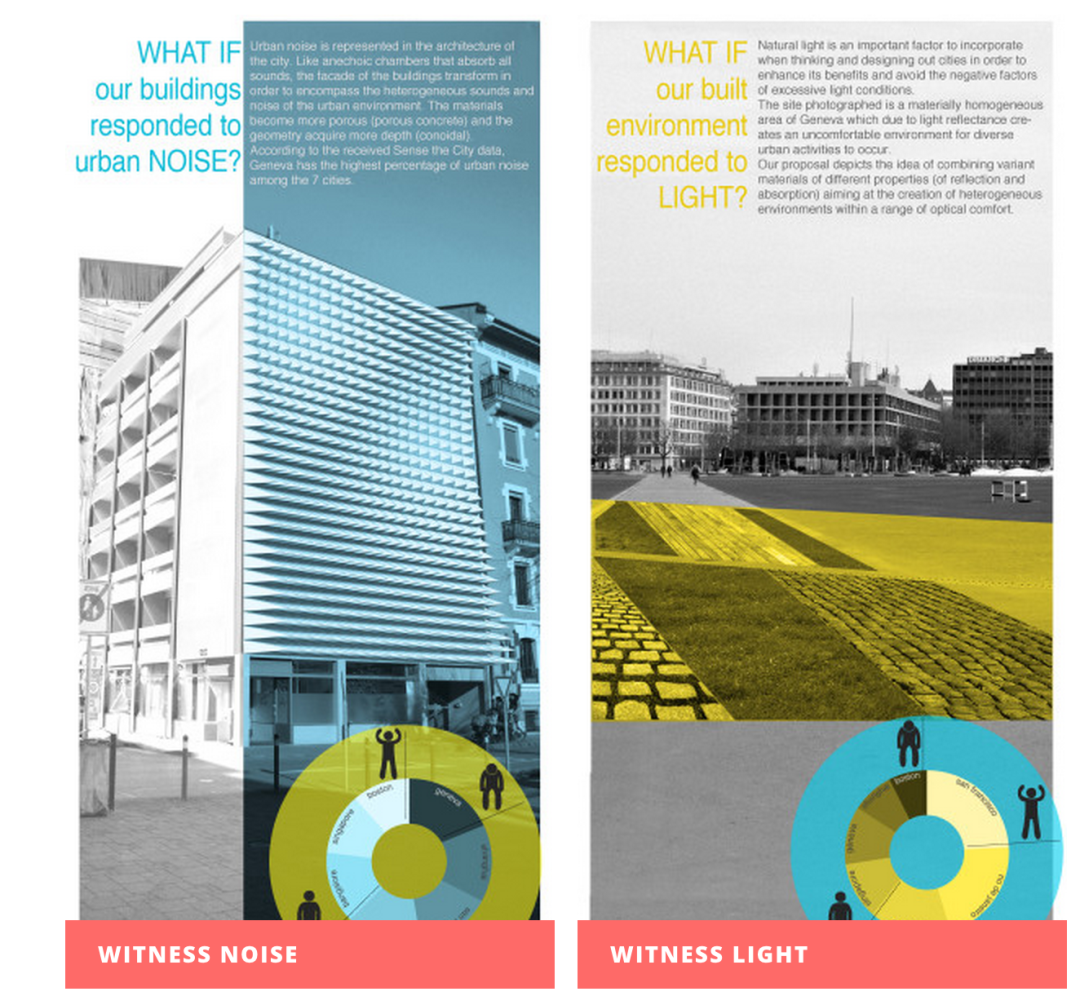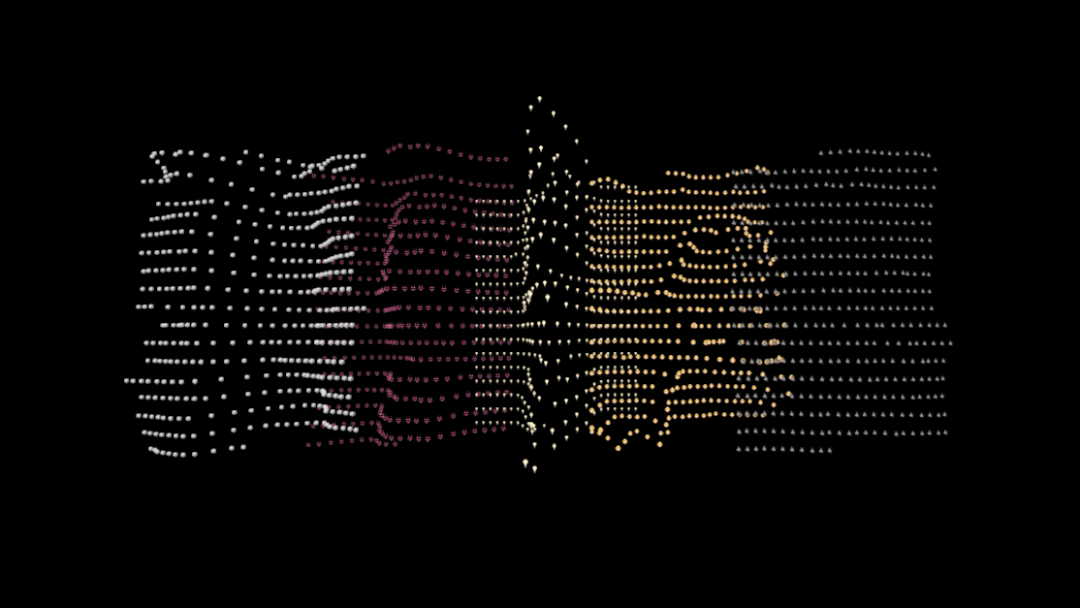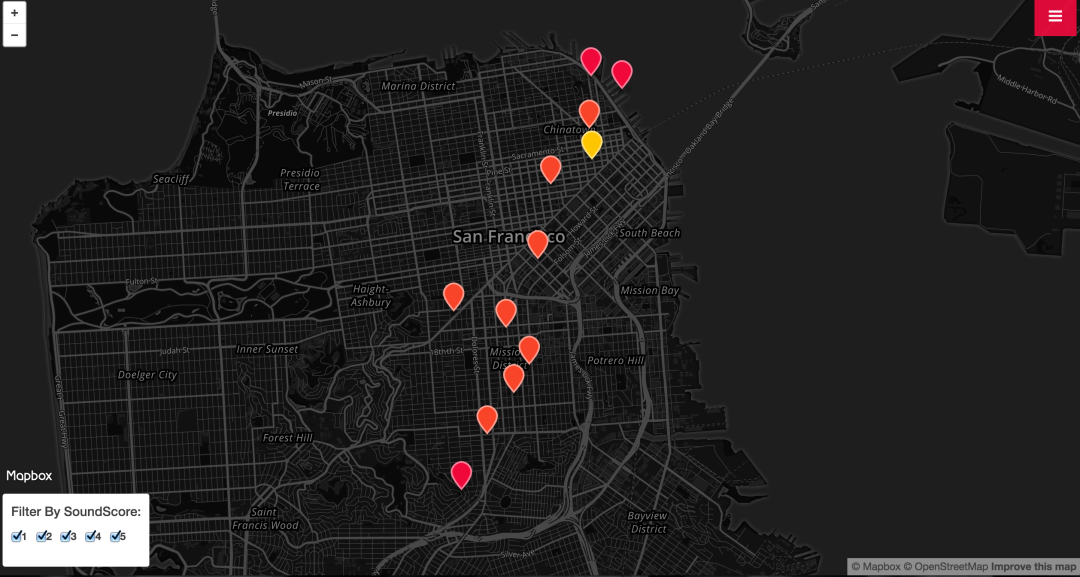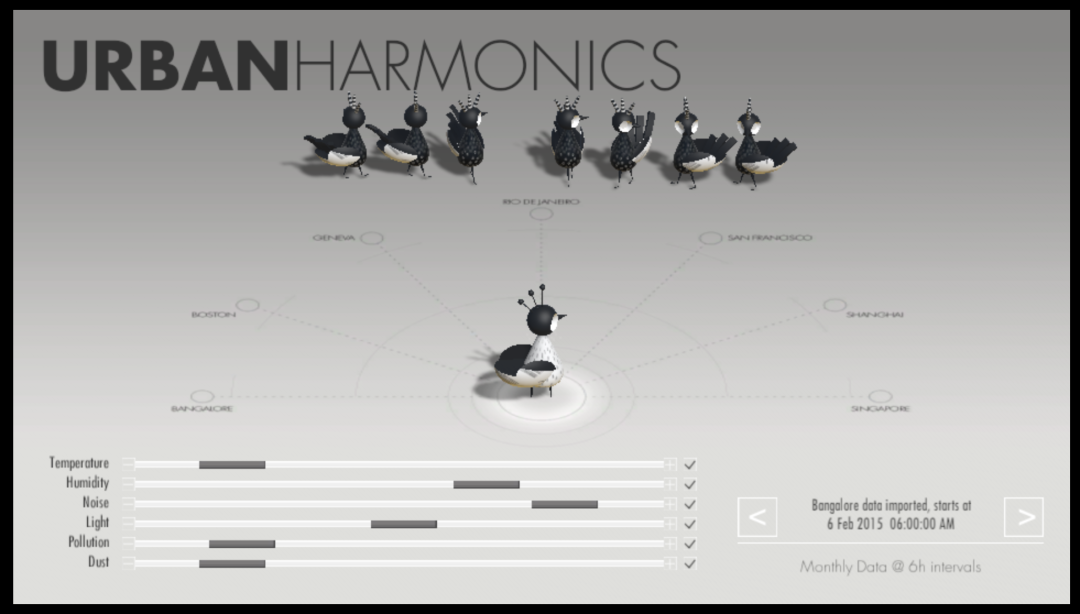Sense Your City Data Art Challenge
To empower citizens to sense and make sense of their environment, we created a DIY sensor network to measure pollution, dust, light, sound, temperature, and humidity. We created an interactive map, opened the data, and asked you to use it to narrate a story about your city.
Over the course of four months across seven cities in three continents, we engaged over 120k people and got to know more than 700 people who participated in our workshops and events. 98 citizens assembled and deployed sensors on their residences, offices, universities and local hackerspaces, and 340 people exchanged ideas online.
With the help of an international Jury, we reviewed 34 amazing submissions by 62 creators from around the world, and chose six finalists from five countries. Here are the winners of our Data Art Challenge. Thank you all!
Grand Prize Winners
Maker Prize Winners
Selected for Exhibition
Grand Prizes
Our prizes represent our goal to build relationships between cities.
A Creative Code Fellowship from Gray Area, $3,000 cash & $3,000 of Creative Code Classes. Must be in SF for Summer 2015.
Each winning project will also be featured online and in public exhibitions in Geneva, San Francisco and Shanghai.
Eligibility
You must use data from our network of nodes in San Francisco, Boston, Rio, Geneva, Bangalore, Singapore or Shanghai. You may also use existing publicly available data sets, under the following conditions:
- That data must be mashed up with data from our nodes.
- You must disclose the use of other data set.
- Any other data you use is open and legal and does not violate the rights of third parties. The Project Organizers reserve the absolute right to disqualify any participant that it determines in its sole discretion to have used improper technical means or data in making a submission.
Criteria
We hope to receive a wide range of creative submissions: Data visualizations (image, infographic, video, motion graphic, interactive web app), games, sonifications, or any other format you like. We will consider each project individually. As guidance, we will be asking our international jury panel to review projects based on the following criteria, among others:
- Creativity in Storytelling
- User-Experience
- Fusion of multiple data sets
- Data literacy & Transparency
- Actionability
Your entry can be uploaded as any type of digital format, as long as you explain the usage in your submission. Please read the terms and conditions for more details on how to enter.
Get Started!
Questions? Email us at info@datacanvas.org
Jury
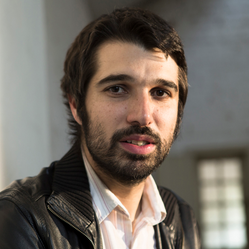
Bruno Torturra
is a journalist, photographer and political activist residing in Rio. After 11 years as magazine reporter, editor, Bruno now creates citizen journalism networks and social movements. He is the founder and organizer of Midia Ninja, a nationwide collective of media activists, and of journalism studio Fluxo. His work helped trigger a national debate on the role of citizens and technologies in a new media landscape. In 2014, Bruno gave a talk at TED Global about live stream, independent journalism and its role on today’s political debate, and was appointed one of the 25 more influential people on Brazil’s internet by two different magazines.
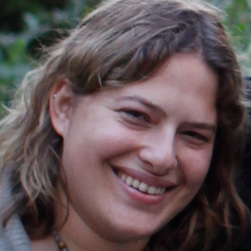
Ariel Schwartz
is a senior editor at Co.Exist, Fast Company magazine’s website focusing on world-changing ideas and innovation. Previously, she was the technology editor at Inhabitat, a green design site, as well as the site editor at Cleantechnica.com. She has contributed to SF Weekly, Popular Science, Greenbiz, NBC Bay Area, Modern Farmer, and GOOD Magazine, where she wrote a weekly online column about energy innovation. Schwartz is the recipient of a Verge 25 Award for her work as “a leading voice on the promise of technology in the service of cities and sustainability.”
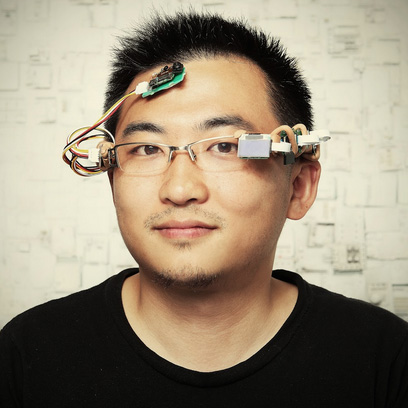
Eric Pan
is the founder and CEO of Seeed Studio, and life long maker and biker. He is trained as EE and worked in Intel as chipsets product engineer on quality control and NPI, then took various job including international trading and sourcing.He established Seeed Studio since 2008, providing open hardware modules and service to help makers turn ideas into products. He also created ChaiHuo hackerspace in Shenzhen, co-founded the hardware accelerator HAXLR8R, and introduced the first Mini Maker Faire to China.
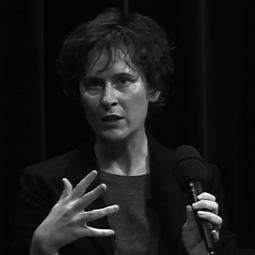
Jennifer Gabrys
is Reader in the Department of Sociology at Goldsmiths, University of London, and Principal Investigator on the ERC-funded project, “Citizen Sensing and Environmental Practice: Assessing Participatory Engagements with Environments through Sensor Technologies.” She is author of a study on electronic waste, Digital Rubbish: A Natural History of Electronics (University of Michigan, 2011). She is also author of a forthcoming study on environmental sensing, Program Earth: Environment as Experiment in Sensing Technology (University of Minnesota Press). Her work can be found at citizensense.net and jennifergabrys.net.
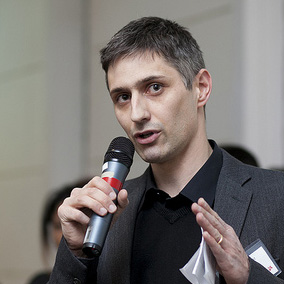
Daniel Sciboz
was Trained as a graphic designer. Has completed a Masters degree in Contemporary Arts and New Media from the Paris 8 University. Contributions as an art director and project manager to exhibitions and events organization related to digital culture and to the arts. Regular teacher in art and design schools in Switzerland. Since 2009: course coordinator of the Masters in Media Design at Geneva University of Art and Design (HEAD–Genève). Since 2012: member of the Committee of Experts for digital arts for the Swiss Arts Council Pro Helvetia.
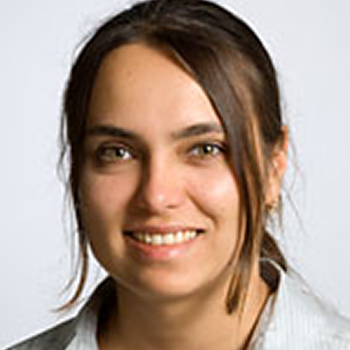
Olga Saukh
is a postdoctoral fellow at the Computer Engineering and Networks Laboratory at ETH Zurich. She received her Ph.D. in Computer Science from the University of Bonn, Germany in 2009, and received the 2010 CONET Ph.D. Academic Award for her thesis “Efficient Algorithms for Structuring Wireless Sensor Networks”. Her research focuses on developing, optimizing, and analyzing algorithms for wireless sensor networks and their applications to environmental monitoring. Olga leads the installation of a mobile air quality monitoring network in Zurich within the OpenSense project funded by Nano-Tera.ch.
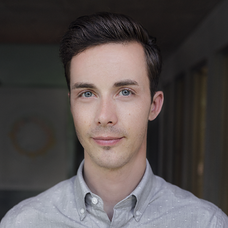
Benjamin Wiederkehr
is an Interaction Designer with a focus on information visualization and interface design. With his work, he explores opportunities to innovate through the combination of design and technology.. Benjamin is founding partner and managing director of Interactive Things, a design and technology studio based in Zurich. He has spoken at SXSW, Ars Electronica, Visualized NYC, UC Berkeley, among others. His work has been exhibited worldwide, and has been awarded with the European Newspaper Award, GEN Data Journalism Award, and the Grimme Online Award.

Ben Fry
is principal of Fathom, a design and software consultancy located in Boston. He received his doctoral degree from the Aesthetics + Computation Group at the MIT Media Laboratory, where his research focused on combining fields such as computer science, statistics, graphic design, and data visualization as a means for understanding information. After completing his thesis, he spent time developing tools for visualization of genetic data as a postdoc with Eric Lander at the Eli & Edythe L. Broad Insitute of MIT & Harvard.
Phase 2
Open Data
Explore the interactive map that allows you to see the sensor data in real-time, connect to the API, and download the data to get your hands dirty.
Live Data Stream Map
Phase 1
Deploy DIY Sensor Network
Check out the DIY sensor information, that was created to allow citizens to deploy 100 DIY environmental sensors in 7 cities,on 3 continents.
How We Generate Data
Data Canvas: Sense Your City
is presented by



